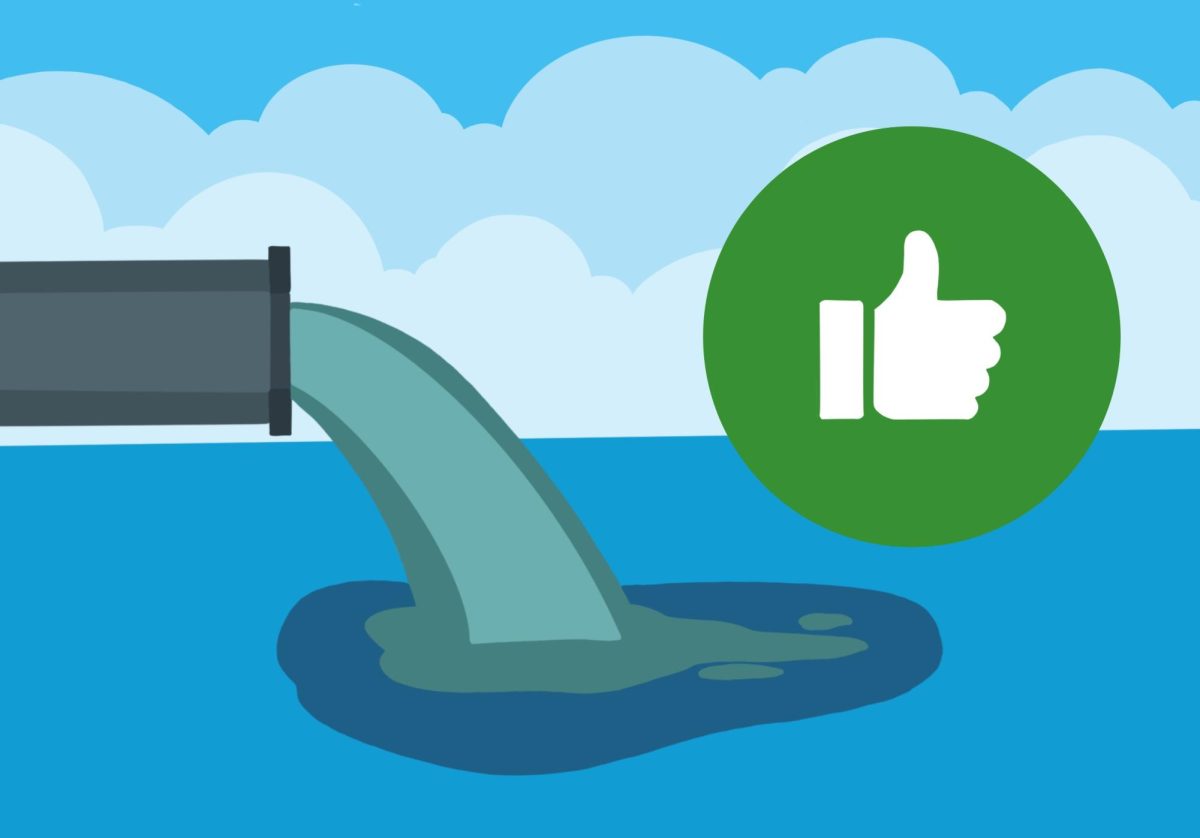Japan is dumping millions of tons of radioactive waste into the Pacific Ocean. That’s not a bad thing.
Here’s the rundown: In 2011, the fourth most powerful earthquake ever recorded rocked Japan. The ensuing tsunami and tremors ripped through the Fukushima Daiichi nuclear power plant, sparking a catastrophic meltdown. To prevent the reactor’s cores from spiraling out of control, plant operators have dutifully been cooling the damaged cores with staggering volumes of water ever since. Around 26,500 gallons of water are pumped into the crippled plant every single day to ensure the radioactive fuel doesn’t overheat.
The upshot of pumping water through a failing nuclear plant is you end up with radioactive waste — and lots of it.
After 12 years of cooling the melted cores non-stop, Tokyo Electric Power Company (TEPCO), the company that manages the reactor, has more than 1.3 million tons of radioactive water on its hands. Claiming its storage tanks were nearing full capacity, TEPCO began pumping the radioactive wastewater into the Pacific Ocean in August.
Unsurprisingly, major players in the region are not pleased. Furious with Japan’s decision, Hong Kong and China have already imposed outright bans on Japanese seafood imports, with Russian regulators on the cusp of joining them. On top of that, as protestors took to the streets in Seoul, South Korean opposition leaders blasted Japan’s decision as “an act of terror.”
It’s normal to fear nuclear waste. Not many people are fans of stage 4 cancer. What isn’t normal are the comical levels of fear-mongering and ignorance surrounding what nuclear waste really is and just how “dangerous” it might be.
Consider Fukushima’s wastewater. What’s really floating around in that stuff? Normally, radioactive wastewater is jam-packed with all sorts of nasty isotopes, like caesium-137 and strontium-90. These isotopes are the ones that lodge themselves deep within your body and cause all sorts of cancers.
Obviously, you can’t release that stuff into nature. Since 2012, TEPCO has implemented what it’s creatively called the Advanced Liquid Processing System (ALPS). This complicated process manages to bring down the concentrations of these harmful isotopes far below regulatory limits, to the point where it’s even received the blessing of the world’s top atomic energy organization, the International Atomic Energy Agency (IAEA).
It doesn’t filter out every radioactive element though. One isotope, tritium, is almost impossible to remove in low concentrations. However, tritium’s low radiotoxicity and low retention times in humans means that in low concentrations, it’s actually not that bad. It’s harmless enough that it is actually standard practice for power plants to dump it into nature every year.
Yes, you read that right. Power plants all over the world regularly discharge tritium into oceans, diluting the radiotoxic substance to the point where it’s practically benign.
Korea’s Kori nuclear plant discharges about 49 TBq (terabecquerels, a unit of radioactivity) into the Pacific Ocean every year, while China, Japan’s number one hater in this debacle, has its array of own nuclear plants that collectively release roughly 347 TBq of tritium into the Pacific Ocean.
How much tritium will TEPCO pump into the Pacific Ocean? A measly 22 TBq. Japan is even going the extra mile by diluting it to the point where its concentration is one-seventh of the World Health Organization’s guidelines for tritium. Compared to China and Korea’s radioactive emissions, Fukushima’s water is absolute peanuts.
This makes regional outrage over Japan’s plans even more baffling. What does China accomplish by banning Japanese seafood? They already pump out more than 15 times the amount of tritium into the East and South China Seas, where 30% of all wild-caught fish in Asia comes from. I don’t think that radiation is going to magically vanish if they ban Japanese tuna.
Wait, if everyone’s been dumping radiation into the ocean this whole time, does this mean that we’ve been eating radioactive fish this whole time? Well, yes, but not how you think.
“[Tritium] is produced naturally from cosmic rays from the sun,” said William Seyfried, a professor of Geochemistry at the University of Minnesota. “The amount of tritium that would be put in through this release is a super tiny fraction of all the tritium that’s there.”
Every fish that has ever been caught, cleaned and cooked in history came pre-installed with tritium. Humans tossing another tiny fraction of tritium into the ocean will do nothing. If you thought Japan, Korea and China were going a little nuts on the tritium, France’s power plants routinely pump out 10,000 TBq of tritium into the English Channel every year, with studies indicating that the effects are essentially negligible.
All of this misinformed hysteria surrounding Japan’s decision to dispose of its wastewater takes away from the main issue at hand. About a thousand tanks of tritiated water are taking up space in Japan, and that’s a problem. What happens if another major earthquake or tsunami barrels through the island? While diluted tritium is totally fine, concentrated tritium is most definitely not. These tanks are ticking time bombs waiting to rupture on nature’s whim.
More importantly, because of the tanks of contaminated water, plant operators can’t even address the heart of the problem — the cores. Both the Japanese government and TEPCO have stated that the stored water has to go to make way for future operations, which involves removing the damaged cores. Remember, the cores are the reason why all this radioactive water exists in the first place.
“At some point, you have to remove the core,” Seyfried said. “You can’t keep accumulating [the waste] on site.”
The obnoxious outrage surrounding Japan’s plans to process their nuclear waste is mind-numbingly superficial and hypocritical. Not only is it totally safe, but every nuclear-powered nation on Earth does it too. Squabbling over the inane details of one of the most well-researched aspects of nuclear power will take us nowhere. If countries are to move on from fossil fuels and achieve meaningful and clean energy independence, it’s time we begin to acknowledge the facts about nuclear power.














